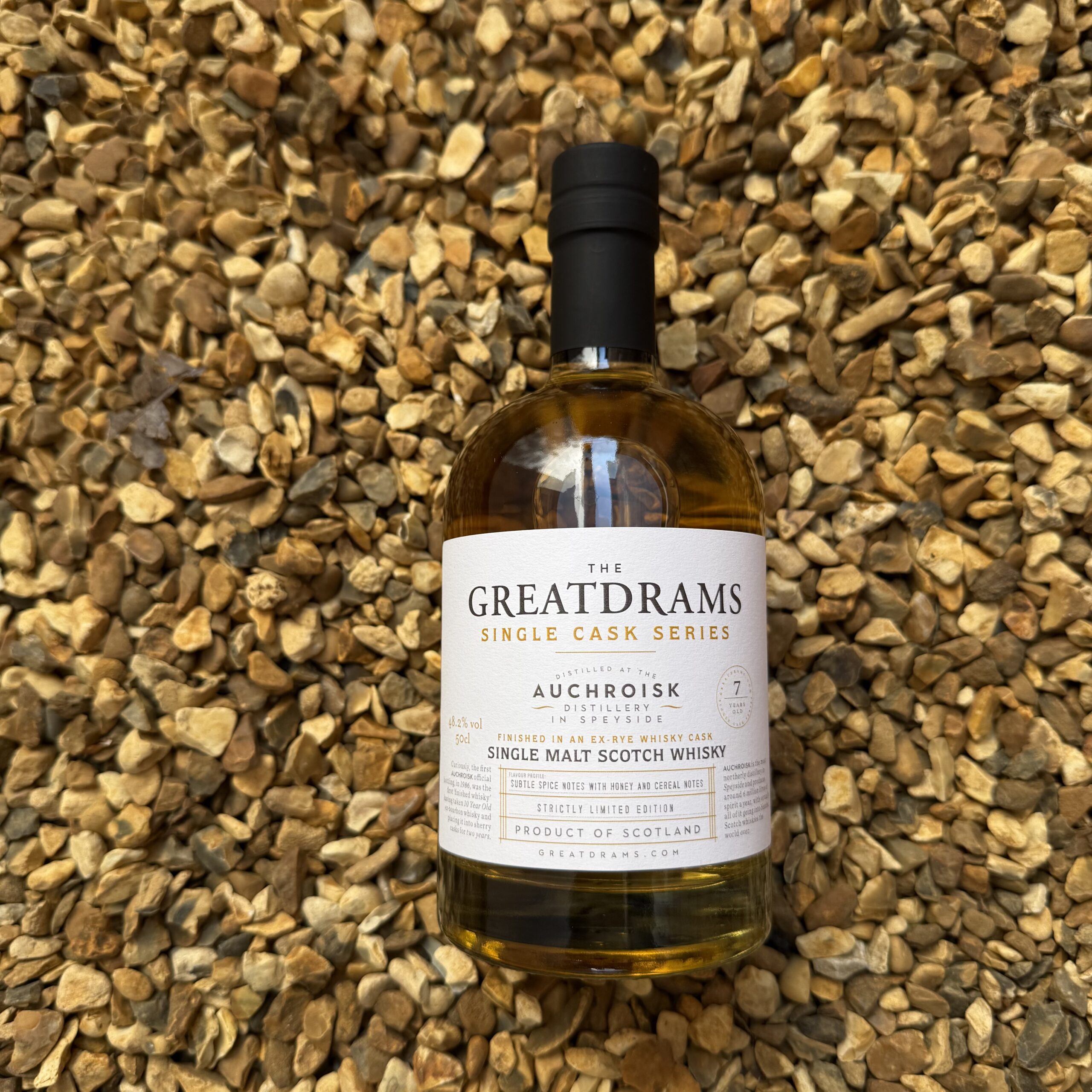The difference between Single Malt, Single Grain and Single Cask Whisky
let’s begin
There are so many different categories of whisky out there so we’re breaking down three similar ones, so you know exactly what you’re getting.
definitions
Let’s start with some simple definitions of each.
Single Malt: A whisky that is made of malt from one single distillery using malted barley. It is made from blending different malt whiskies from the same distillery and on site.
Single Grain: A whisky that is made of whisky from one single distillery using different grains such as wheat, rye or corn (amongst others). A blend of various grain whiskies from one distillery, on-site.
Single Cask: Whisky made from malt that has been matured in a single cask. It has not been blended with any other whiskies and is from one cask only.
Flavour profiles
Now that we have the definitions, let’s take a look at the flavours.
Single Malts tend to be very characterful and complex. They are rich in body and their flavour profile will vary depending on the distillery, region and maturation process. They are usually made with copper pot stills and the ageing process will be over three years. By law, they have to be bottled at 40% ABV or above and matured in oak barrels. There is a lot of leeway with what type of barrels are used and this will influence the flavour profile just as much as what distillery the malt is made at.
This isn’t dissimilar from a Single Grain Whisky, which will also vary depending region, maturation and distillery. However, grain whiskies do not tend to be as flavoursome as malts. They are typically used to give body to blends and are made in column stills, which is more efficient than pot stills. However, Single Grains can be just as complex and enjoyable as Single Malts. They are become more and more popular as well, with lots of new Single Grain bottlings appearing. Haig Club is one of the most famous, and here at GreatDrams, we have our own Single Grain bottling from the Girvan Distillery.
Single Cask Whiskies are quite rare as they usually don’t produce as many bottles per batch. This means they can also be quite pricey. The flavour will be a lot more intense than malts and grain whiskies as it has not been mixed with other malts from other barrels. A lot of thought goes into Single Cask whiskies as Master Distillers will taste them and make the call as to when they are right to bottle.
Which is your favourite type of whisky category? Let us know in the comments!















2 thoughts on “The difference between Single Malt, Single Grain and Single Cask Whisky”
With a broad yet not academic experience in enjoying SMW, I can say that it will take a while that we’ll see the differences between sMw and sGw, enabling to define overlaps and clear distinctions. Closer to Bowmore than Lagavullin, so to speak. I remember well that in the late 70’s, Glenfiddich was the sole SMW in the Dutch market. Unimaginable now, even when doesn’t shop in Edinburgh….
There is nothing better than a SMW after a good workout on my cycle